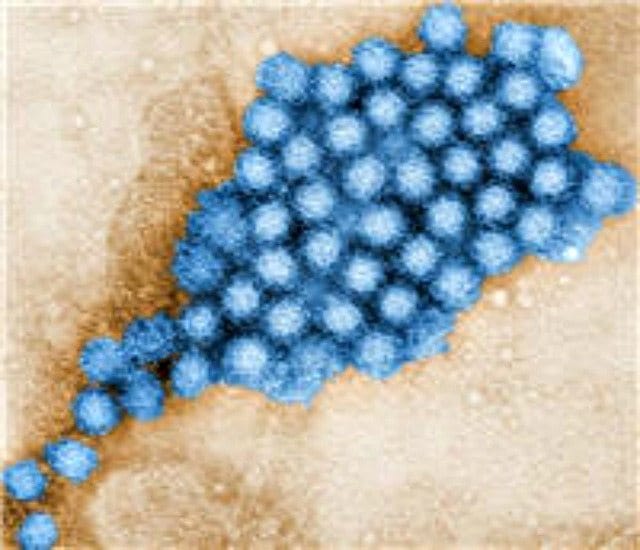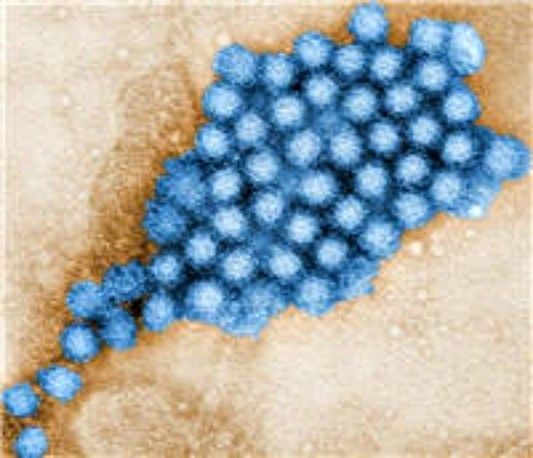South Slope Pediatrics Talks Norovirus Prevention and Care


First it was the flu, now it’s the norovirus. The news networks are having a field day with this latest “superbug,” so we asked Dr. Hai Cao, from South Slope Pediatrics, for his thoughts on the virus, how to prevent its spread, and what to do if you or your family gets sick.
What is the Norovirus?
Norovirus is a very hardy virus that can be spread from touching contaminated surfaces, ingesting contaminated food or water. It is what’s responsible for the “stomach flu” and the outbreaks on cruise ships.
What are the best prevention methods to take?
To prevent transmission, handwashing is important. It is also important that sick people are not preparing food for others. Caregivers for the very young and elderly who may have to come into contact with fecal material should also be wearing gloves when changing undergarments if their charge has symptoms.
Norovirus can also be found on contaminated shellfish because it can withstand the lower temperatures usually recommended in their preparation (<140 degrees.)
What should you do if you or your child develop symptoms?
Should you or your child develop symptoms (may last 3 days), the most important focus should be on staying hydrated. If your child can take and keep down his regular diet, you do not need to change things up. If vomiting everything (especially during day 1 or 2 of illness), try a rehydration fluid like pedialyte and give sips frequently instead of large volumes at once. It will be difficult through the diarrhea to ascertain if urine is being made, but keep an eye on the number of wet diapers your child is having. If it is less than half of normal, see your pediatrician to be evaluated.
Dr. Cao also notes that, “once the illness passes, stool can still harbor the norovirus for another 3 days,” so be sure to talk with you pediatrician about when your child can return to school or daycare.
Image via CDC




